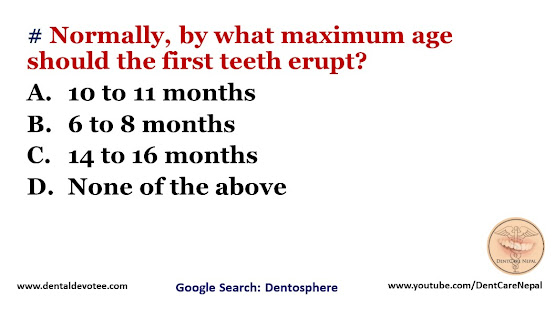# Resorbability of the roots of primary dentition is explained by:
A. Genetically determined
B. Pressure applied by successors
C. Both A and B
D. None
Resorbability of the roots depends on both the above factors.
If there is no successor of primary tooth then it function as a permanent tooth and its root does nor resorb which indicates that its dependency on pressure applied by successor. It also depends on the genetic factors.







